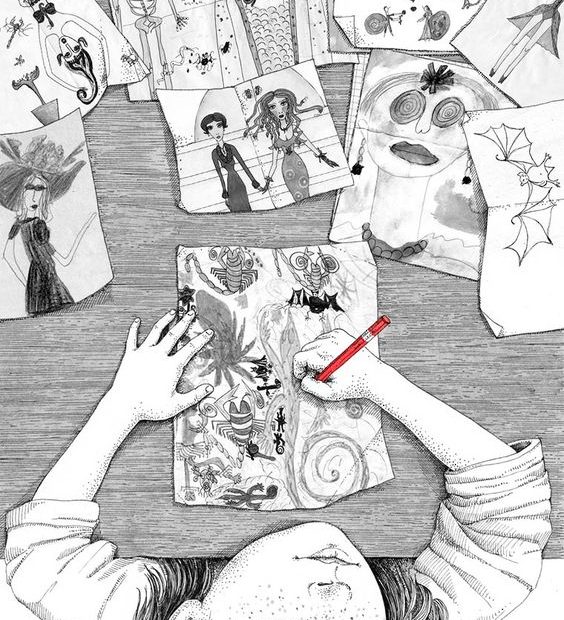 Did you know that on average we think around 60,000 to 80,00( thoughts every day? Staggering, isn’t it? This means that the quality of our thoughts is responsible for how we feel and behave.
Did you know that on average we think around 60,000 to 80,00( thoughts every day? Staggering, isn’t it? This means that the quality of our thoughts is responsible for how we feel and behave.
That inner dialogue in your mind is responsible for your life-time’s autobiography. Your thinking can propel you to success or hold you back. So to change your life all you have to do is change your thinking
Do you control your mind? Or does your mind control you? When you recognise that it is you that holds the reins, all things are possible.
The way you feel on a day-to-day basis is determined solely by how you think. As far as your own life is concerned, it’s make or break. No two ways about it; life’s a battle – in varying degrees for all of us. We face disappointments, worries, frustrations, financial problems, talk of impending doom on the state of the planet, not to mention the trauma of dealing with that other “natural disaster” – human beings.
Although it is part of the human condition that we should naturally blame other people or our particular life ‘script’ for making us angry, stressed, sad, disgusted, anxious or whatever, in truth it’s our thoughts that dictate how we feel and determine our subsequent behaviour
You become what you think about – misery, pain, problems, love, kindness, hope? The answer to this question will, to a large extent, determine how you are going to feel.
How we cope with these everyday challenges and how troubled we become is purely down to the way we think about the situation. Through what ‘filter’ do we see the world?
To put it simply, if we’re unable to change other people and our particular life situation we can at least change something that’s within our control. We can use mind power – we can change the way we think, which in turn changes the way we feel about a situation.
So powerful is this neglected technique that it goes back to ancient times. Over the centuries the mantle was picked up by philosophers and other great thinkers. More recently – just over 50 years ago – the clinical psychologist Albert Ellis helped to raise awareness of the importance of changing unhealthy ‘negative’ thinking with his Rational Emotive Behaviour Therapy (REBT).
We’re fortunate that since the nineties we know so much more about the brain. We know that it’s the growth of the connections between our neurons (brain cells) that is responsible for the growth of the brain. The more that the brain is used and ‘tested’ the more those neuron connections get stronger and multiply, forming even more connections. These important findings have revolutionised our understanding of how the mere act of ‘thinking’ changes the brain. You may have heard the term ‘plasticity’ in relation to how our experiences mould the brain.
Can there be anything more important than our thoughts? Thinking is something that is involved in everything that we do, something we engage in every day of our lives. Yet it’s something most of us take for granted. Our mind is in use all the time but most people don’t give a thought (!) to their thinking process. Yet there can surely be no other topic as important as this, as it is at the heart of everything we do.
Just think about it. Look around you. Everything that you see began as a thought in somebody’s head. The design of that chair; the cover of that book; that alarm clock; the laptop that allows you to be away from the office or home. Let’s delve a little further into ‘bigger’ things: that computer (that spawned the aforementioned laptop); the invention of that communication medium, the telephone; taking the ‘landline’ for granted, the thought of a more ‘mobile’ device was pondered. What about the television over there? A product of the thought that the original miraculous cathode ray tube could be advanced to a flat screen. That aeroplane that’s able to effortlessly rise to 30,000 feet. . .
I ithink the point’s been made. All human endeavours in the fields of major inventions, medical advancements, nutritional discoveries, engineering, architecture, business – everything started out as a thought in someone’s head.
Furthmore, they chose to have the vision to pursue it rather than take the easy option of: ‘it’ll never work; it’s a ridiculous thoughtt; I haven’t got the confidence to . . .; things are okay as they are; others will laugh . . .; it can’t be done.’ And what about us as individuals? ‘I’m not good at that sort of thing . . .’ and so on
An I stated earlier, the mind can propel us to do wonderful things or hold us back relentlessly.
 Copilul privi creionul intrigat, fiindca nu vazuse nimic special la acesta.
Copilul privi creionul intrigat, fiindca nu vazuse nimic special la acesta.














